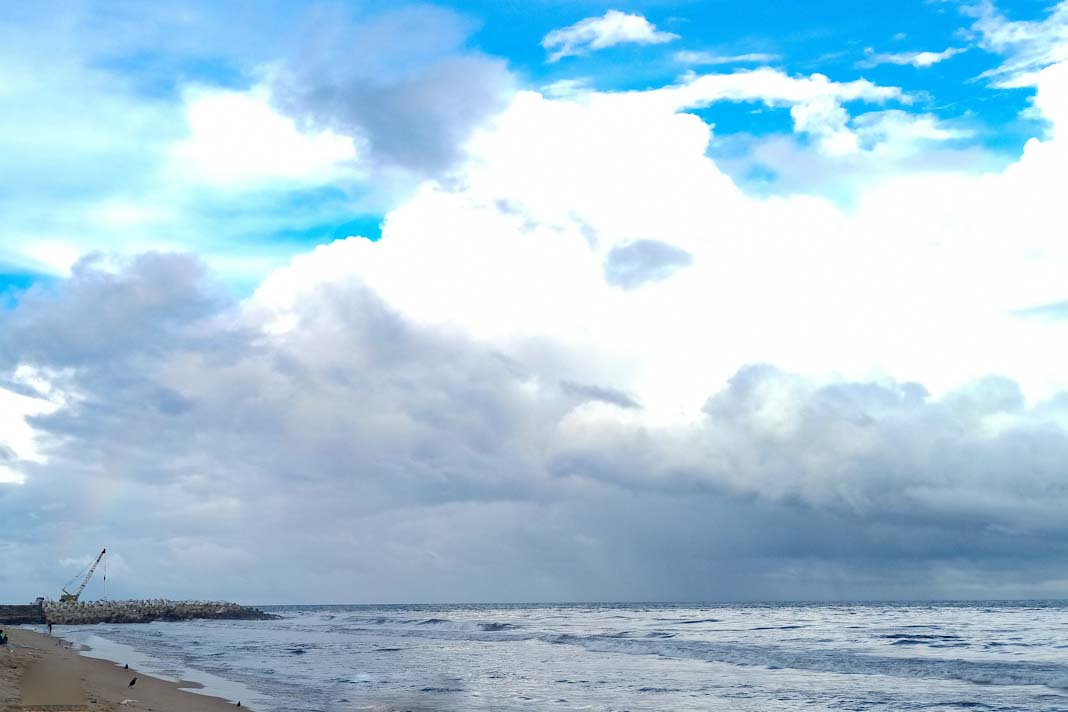InterManager has submitted a paper to the International Maritime Organization (IMO), “Lessons Learned and Safety Issues Identified from the Analysis of Marine Safety Investigation Reports“, regarding the alarming trend of deaths in enclosed spaces onboard ships, reports Safety4sea.
Enclosed space accidents
The submission presents detailed information regarding enclosed space accidents spanning from 1996 to 1 May 2024, specifically focusing on incidents of asphyxiation. InterManager, responsible for this analysis, has meticulously collected and assessed verified data related to such accidents, showcasing the following results:
Given the increased transparency within the industry together with more efficient reporting and investigating, the number of accidents captured is increasing. However, there remains a natural lag between the accident occurring, it being investigated and the report being released. This means that the dataset for recent years will, by its nature, be incomplete, and depict an evolving landscape.
Although such a lag is understandable, it inhibits the ability of others to learn, and there remains a risk that similar accidents may occur in the period from the initial event occurrence to the final report being released.
The use of safety bulletins, safety flashes, and interim reports assists in mitigating this risk and those who utilize these and other means of communicating initial findings should be commended for their contribution to ongoing safety on board ships and the learning opportunity within the industry.
Seafarers remain those most at risk from losing their lives within an enclosed space on board ships.
With improvements in communications from ship to shore, both commercially and for private use, there is currently much greater transparency within the industry particularly when things do not go as planned. Likewise, the process of reporting and that of investigation are now more mature and have become more encompassing.
These factors have led to a greater number of incidents being reported, recorded, and investigated. The number of all fatalities remains substantial and any improvement in hazard awareness, design, and process will assist in mitigating such deaths in the future.
It can be seen that the majority of accidents continue to occur, expectedly, within the working areas of ships such as cargo oil tanks, holds, and water tanks as well as void spaces.
Four percent of all enclosed space accidents have occurred within the accommodation space of a ship, this being the crew’s living and recreational areas, and they are attributable mainly to the ingress of cargo fumigant.
Enclosed space accidents in the access areas of ships’ holds account for 14% of the total for the period studied. Although the accidents occurring within the so-called Australian Ladder style of access have accounted for less than a third of these types of accidents, the number of ships with this style of access points is few, numbering in the hundreds rather than the thousands of bulk carriers with a more traditional form of access.
Enclosed space accidents within the ship’s forecastle space have been primarily attributed to gas migration from the cargo holds through bulkheads which are not gastight.
Some accidents remain under investigation, with immediate causes as yet unclear. Unfortunately, it is still not possible to determine the initial cause of the accident from some accident reports other than that the casualties involved were asphyxiated while in other recorded accidents, the investigation report remains unavailable. The combined sum of these figures is shown in the “Unstated” section.
The primary area captured in the immediate cause of an incident is that of the ship’s crew or contracted shore staff undertaking an activity which was planned to happen, but which unfortunately went wrong, leading to an accident.
The second substantive segment is where an accident has occurred in an unplanned activity on board the ship. This is primarily where seafarers and shore-based third parties have entered a space considered safe but unfortunately, this has turned out not to be the case. Lack of knowledge of the ship and an appreciation or understanding of signage, when displayed, remains a reoccurring causal factor for third-party fatalities.
Additionally, for ships’ crews, it is where a space was known to be unsafe for entry and an individual has entered it to take “a quick look” or in too many other cases, entered an unsafe space to affect the rescue of another individual who has collapsed within that space.
As with all accidents contained within this study, those caused by falls, fires, or explosions have been excluded. The ship types which have been included within the category “others” are:
- livestock ships;
- tugs and offshore service vessels;
- large fish catching and/or processing types; and
- special service or specialist ship types.
The tanker category includes all bulk liquid-carrying ships, including those which carry oils, chemicals, and gases. The relative size of this segment remains surprising when considering the additional industry scrutiny that has been applied to it over many years.
General cargo ships and bulk carriers account for a high proportion of accidents. However, they also employ the greatest number of third parties in high-activity situations to assist in the loading or discharging of their cargo. Importantly, unlike the ship’s crew, many of them do not have the necessary knowledge of safety procedures on board the ship they have been temporarily engaged to work on.
Did you subscribe to our daily Newsletter?
It’s Free! Click here to Subscribe
Source: Safety4sea















